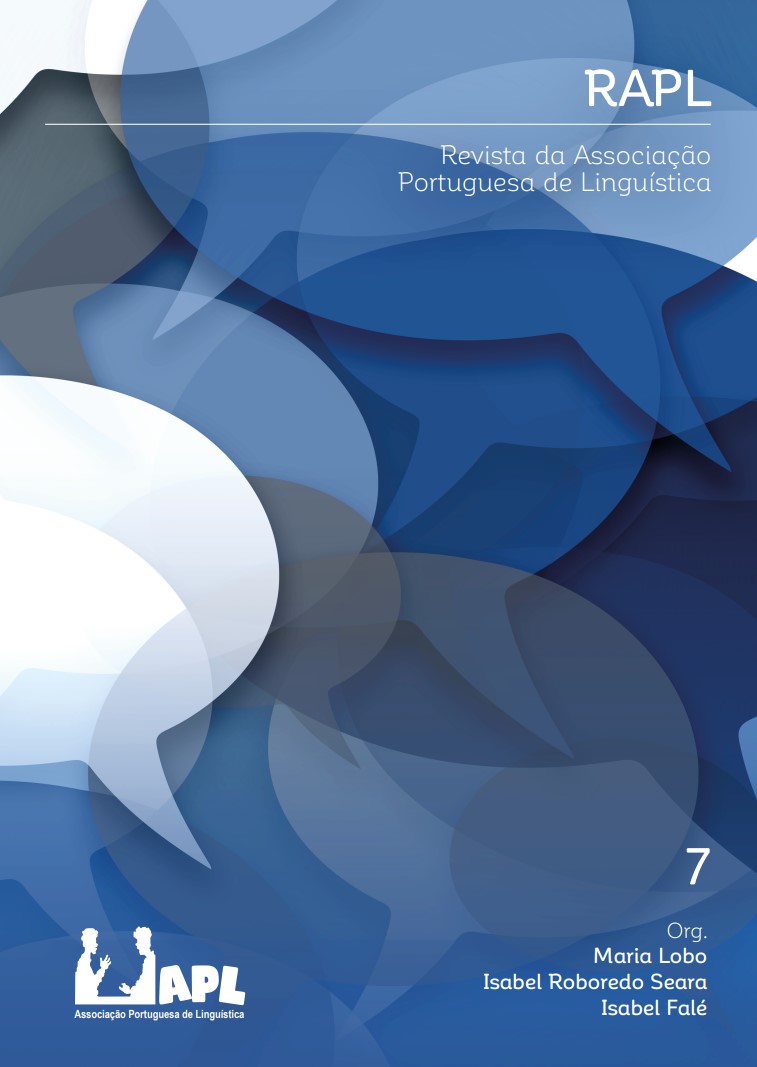On syntactic interference in translation and authentic writing
DOI:
https://doi.org/10.26334/2183-9077/rapln7ano2020a7Keywords:
syntactic interference, interface areas, reference chains, translation, L1 authentic writingAbstract
In translation contexts, translators must activate two distinct grammars, as well as pragmatic conditions that may also be distinct. This particular case of languages in contact may give rise to inadequacies or errors, sometimes explained as the result of transferring properties of the source language to the target language. Focussing on the results presented in Gonçalves & Colaço (2019), who analysed some issues concerning reference chains in the context of translation, this paper discusses the data under a new perspective. In line with Sorace & Filiaci’s (2006) Interface Hypothesis, we show that in translation, as well as in other situations of languages in contact, linguistic phenomena involving the interface between syntax and other cognitive domains (in particular, semantics and pragmatics) are more affected than phenomena that exempt this interface, which explains why syntactic interference does not operate randomly; we show that this hypothesis is empirically motivated by data involving reference chains in the context of English to Portuguese translation. Plus, we present and discuss data from L1 authentic writing, showing that Portuguese students at the University present similar problems in establishing the adequate reference chains both when they are writing texts in their L1 (Portuguese) and when they are translating from English to their L1 (Portuguese), which leads us to conclude that reference chains are a particular relevant area to confirm the Interface Hypothesis also in L1 contexts.
Downloads
Downloads
Published
How to Cite
Issue
Section
License
Copyright (c) 2020 Madalena Colaço, Anabela Gonçalves

This work is licensed under a Creative Commons Attribution-NonCommercial-ShareAlike 4.0 International License.
Authors retain copyright and concede to the journal the right of first publication. The articles are simultaneously licensed under the Creative Commons Attribution License, which allows sharing of the work with an acknowledgement of authorship and initial publication in this journal.
The authors have permission to make the version of the text published in RAPL available in institutional repositories or other platforms for the distribution of academic papers (e.g., ResearchGate).




